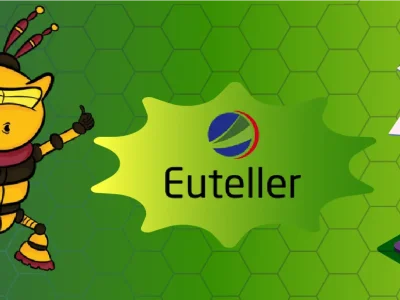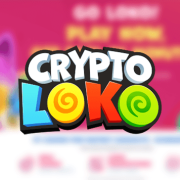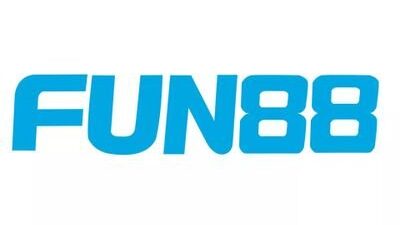Introduction
In the shadowy corners of the internet, the underground economy thrives on the trade of illicit goods, among which CVV dumps are particularly notorious. These dumps, which contain stolen credit card information, are traded among cybercriminals and pose significant risks to individuals and businesses. This article aims to demystify the process of purchasing CVV dumps, outlining it in simple terms for informational purposes only.
What Are CVV Dumps?
CVV dumps refer to collections of stolen bclub.cm credit card data. CVV stands for Card Verification Value, which is the three or four-digit number found on the back of credit cards, used to verify transactions. A dump typically includes the card number, expiration date, cardholder’s name, and sometimes additional information like billing addresses.
The Dark Web Marketplace
The primary marketplace for CVV dumps is the dark web, an encrypted network that is not indexed by traditional search engines and requires special browsers, like Tor, to access. This part of the internet is notorious for illegal activities, including the trade of stolen credit card information.
Step-by-Step Process of Purchasing CVV Dumps
1. Accessing the Dark Web
To begin, one must download and install a Tor browser. This browser enables anonymous browsing, which is crucial for accessing dark web marketplaces. Users must be cautious and use a VPN (Virtual Private Network) to add an extra layer of security.
2. Finding a Reputable Marketplace
Once on the dark web, users need to locate a marketplace that sells CVV dumps. This is typically done through directories and forums where users share and review different sites. Some popular marketplaces for illicit goods include AlphaBay and Dream Market (though they are often shut down by law enforcement).
3. Registering on the Marketplace
After selecting a marketplace, users must register for an account. This often requires an email address (preferably encrypted) and a username. Some marketplaces might also require a referral or an invitation from an existing member.
4. Funding the Account
Most transactions on the dark web are conducted using cryptocurrencies, with Bitcoin being the most common. Users need to acquire Bitcoin or another accepted cryptocurrency, set up a digital wallet, and transfer funds into their marketplace account.
5. Browsing and Selecting CVV Dumps
With an account funded, users can browse the listings of CVV dumps. These listings typically include details about the card information bclub, such as the issuing bank, country, card type, and price. Some sellers offer “fresh” dumps, which are recently stolen and more likely to be valid.
6. Making the Purchase
Once a suitable CVV dump is found, the user adds it to their cart and proceeds to checkout. The purchase is completed using the cryptocurrency funds in their account. After the transaction, the CVV dump details are typically delivered via a secure message on the marketplace platform.
7. Utilizing the Information
The final step for the buyer is to use the stolen credit card information. This can involve making online purchases, selling the data to other criminals, or even cloning physical cards. This step is highly illegal and carries severe consequences if caught.
Risks and Consequences
Purchasing and using CVV dumps is illegal and unethical. Engaging in such activities can result in severe legal repercussions, including fines and imprisonment. Additionally, it contributes to financial loss and distress for the victims whose information is stolen.
Conclusion
While the process of purchasing CVV dumps can be straightforward in technical terms, it is fraught with legal and ethical issues. This article serves to shed light on the methods used by cybercriminals to trade in stolen data and highlights the importance of cybersecurity measures to protect personal and financial information. Engaging in any form of cybercrime is strongly discouraged and punishable by law.
Also Read: https://casinobolds.co.uk/















Comments